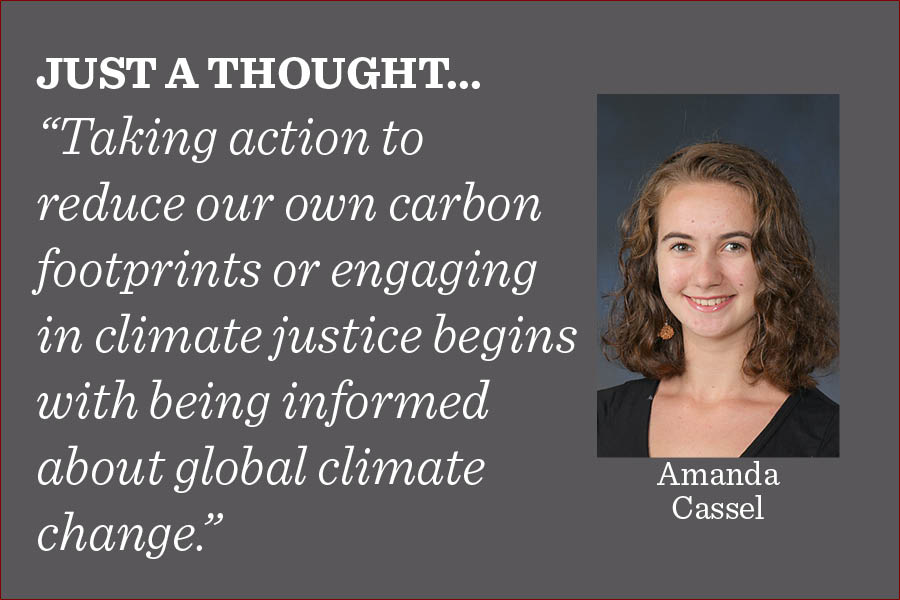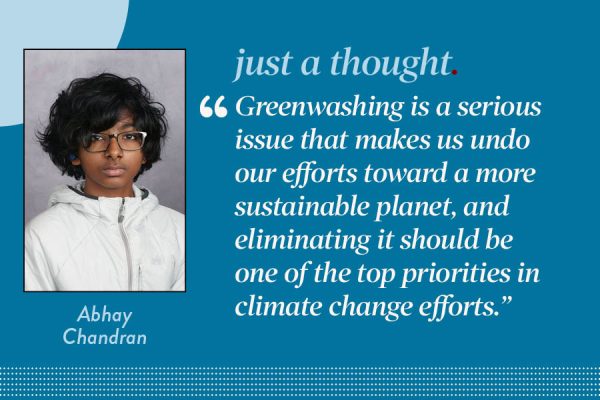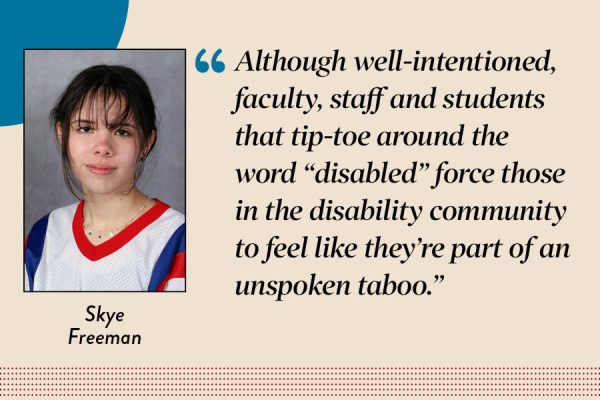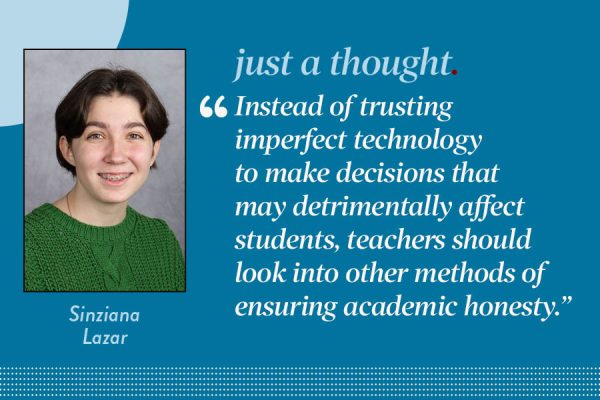Climate education must be in required science curriculum
Midway staff
Taking action to reduce our own carbon footprints or engaging in climate justice begins with being informed about global climate change, and that education must begin within our science curriculum, writes editor-in-chief Amanda Cassel.
March 16, 2021
The average global surface temperature has increased two degrees since the pre-industrial era, and while this number may seem small, it’s impact on the earth’s ecosystems is dramatic and catastrophic.
Understanding of what has led to this situation and how to limit further climate damage is crucial for all students and must be treated as such in U-High’s science curriculum.
Although all U-High students are required to take biology and chemistry, and environmental science is closely intertwined with both, students must take the environmental science biology elective to delve into global warming and climate action.
In October, the Midway’s mock presidential election indicated that for 90% of students, climate change and clean energy is an important campaign issue to them, yet for many students, the last time they learned about the climate crisis was in middle school earth science.
Taking action to reduce our own carbon footprints or engaging in climate justice begins with being informed about global climate change, and that education must begin within our science curriculum.


















